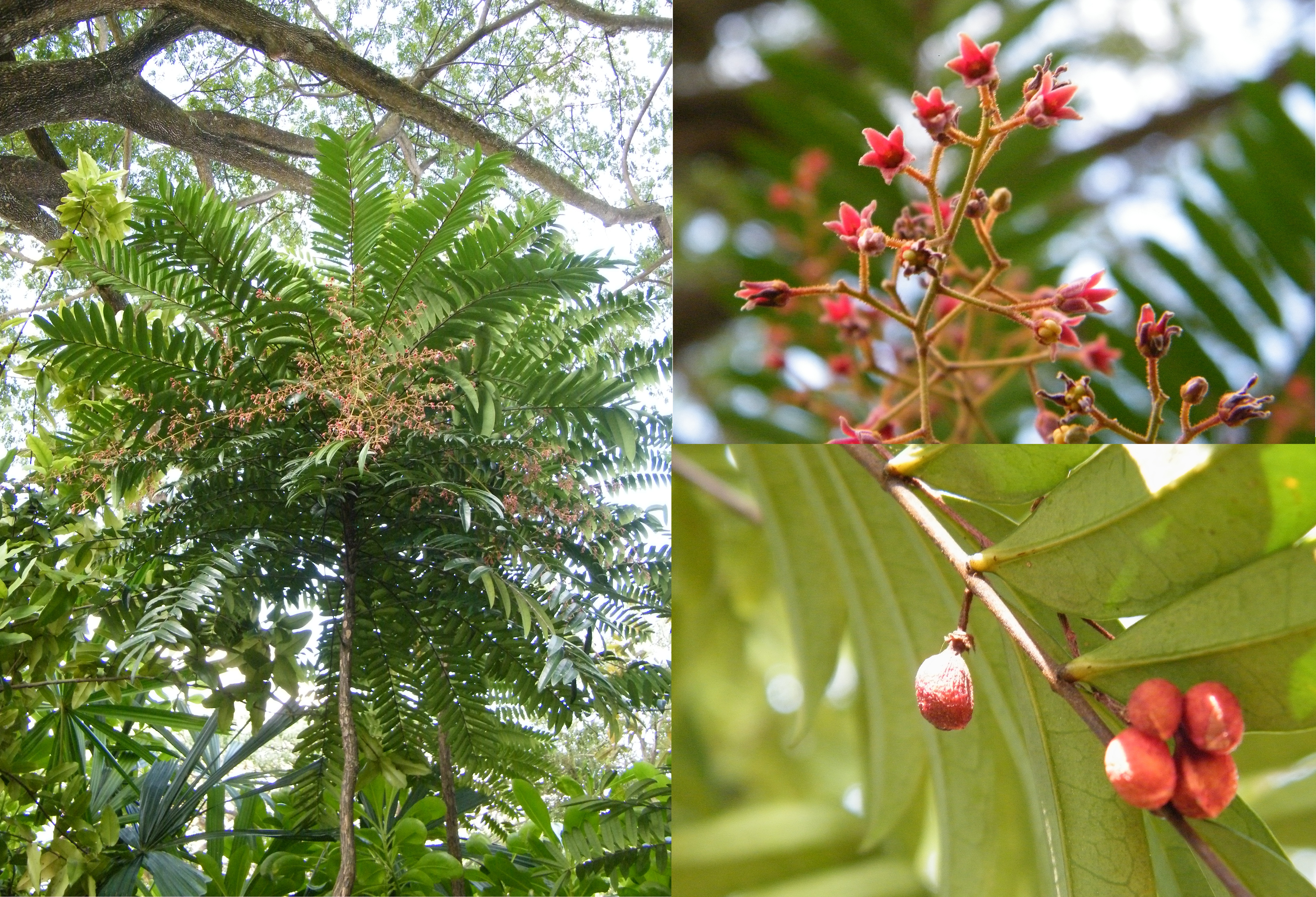
Introduction
Table of Contents
The plant is a valuable economic product of the Malay Peninsula because of its many purported medicinal uses, such as acting as a remedy for fever, stomachaches and other ailments[1][2][3]. Most importantly, the plant is well known for its aphrodisiac properties[4]. It is believed that a man's sexual abilities and virility can be improved through the consumption of the bark and roots of the plant[5]. As a result, there are currently many male health supplement products (e.g. Tenaga), containing the plant's extracts, being sold on the market[6]. Additionally, in recent years, there have been many other proposed medicinal uses of the plant.
Despite its popularity, the actual effectiveness and safety of the medicinal use of the plant is still open to debate. This is because there is limited scientific evidence that support the plant’s potential in treating minor ailments[5]. Furthermore, there are only a few scientific research papers that prove the plant’s success in improving sexual vitality in animals, but not humans[7][8]. In addition, there have been some safety issues and controversies surrounding the use and sale of products that supposedly contain the plant's extracts[9].
Therefore, this page aims to provide information, diagrams and links to help you gain a better understanding of Tongkat Ali and its many uses and functions. This page also aims to showcase other interesting facts to help you discover Tongkat Ali beyond its notorious use as an aphrodisiac.
Biology
Ecology
Tongkat Ali can usually be found, as an understorey treelet, in undisturbed mixed dipterocarp and keranga forests up to 500m altitude and in disturbed secondary forests as a per-disturbance remnant[3][10]. It can also be found on hillsides and ridges, with sandy or clay soils. Hence, this shows that the plant is able to survive in many different forest types and soil types.Distribution
Tongkat Ali is mainly distributed in the Southeast Asia Region. The distribution range includes: Lower Burma, Thailand, Laos, Cambodia, Indo-China, Sumatra, Peninsular Malaysia, and Borneo[11]. It is also common throughout Sabah and Sarawak, as well as Brunei and Kalimantan.Tongkat Ali is distributed in Singapore but it is not common.
Description and Identification
Tongkat Ali is a small tree with a characteristic appearance. It can be identified through many of its key features. Figure 2 shows the description of the different key features of the plant while Figure 3-15 shows the various details of the different key features of the plant.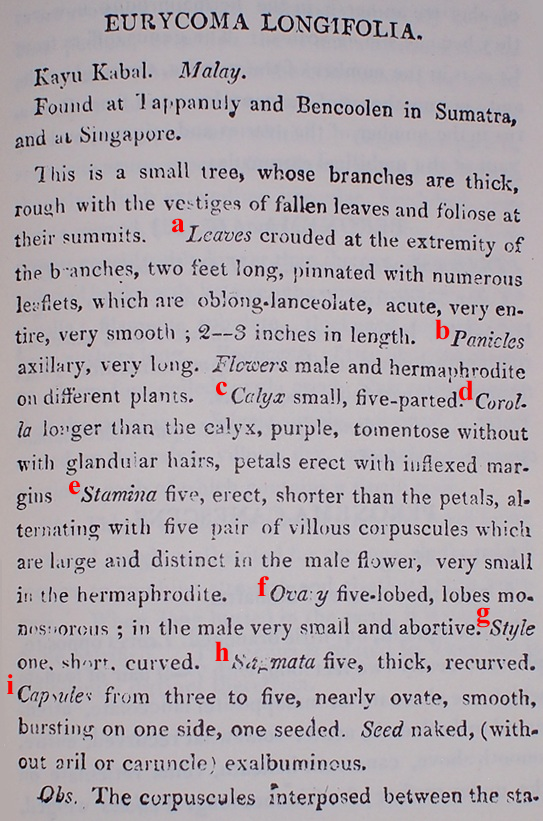 |
| Figure 2: Original description of Tongkat Ali[12] (Photo Credits: Alex Yee) |
Leaves[a]
Interesting note:
|
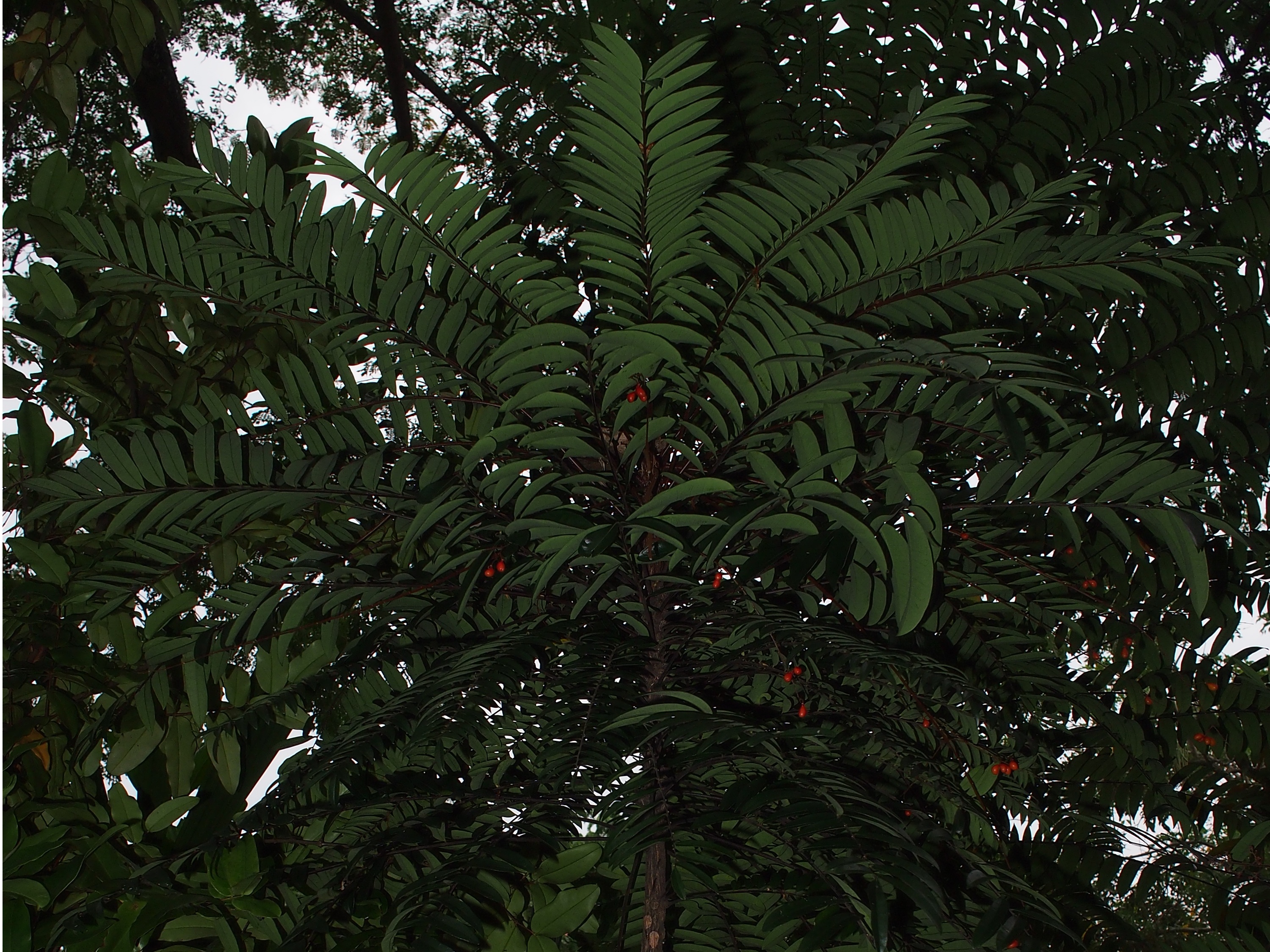 Figure 3: Leaves of Tongkat Ali (Photo credits: Alex Yee) |
Leaflets[a]
|
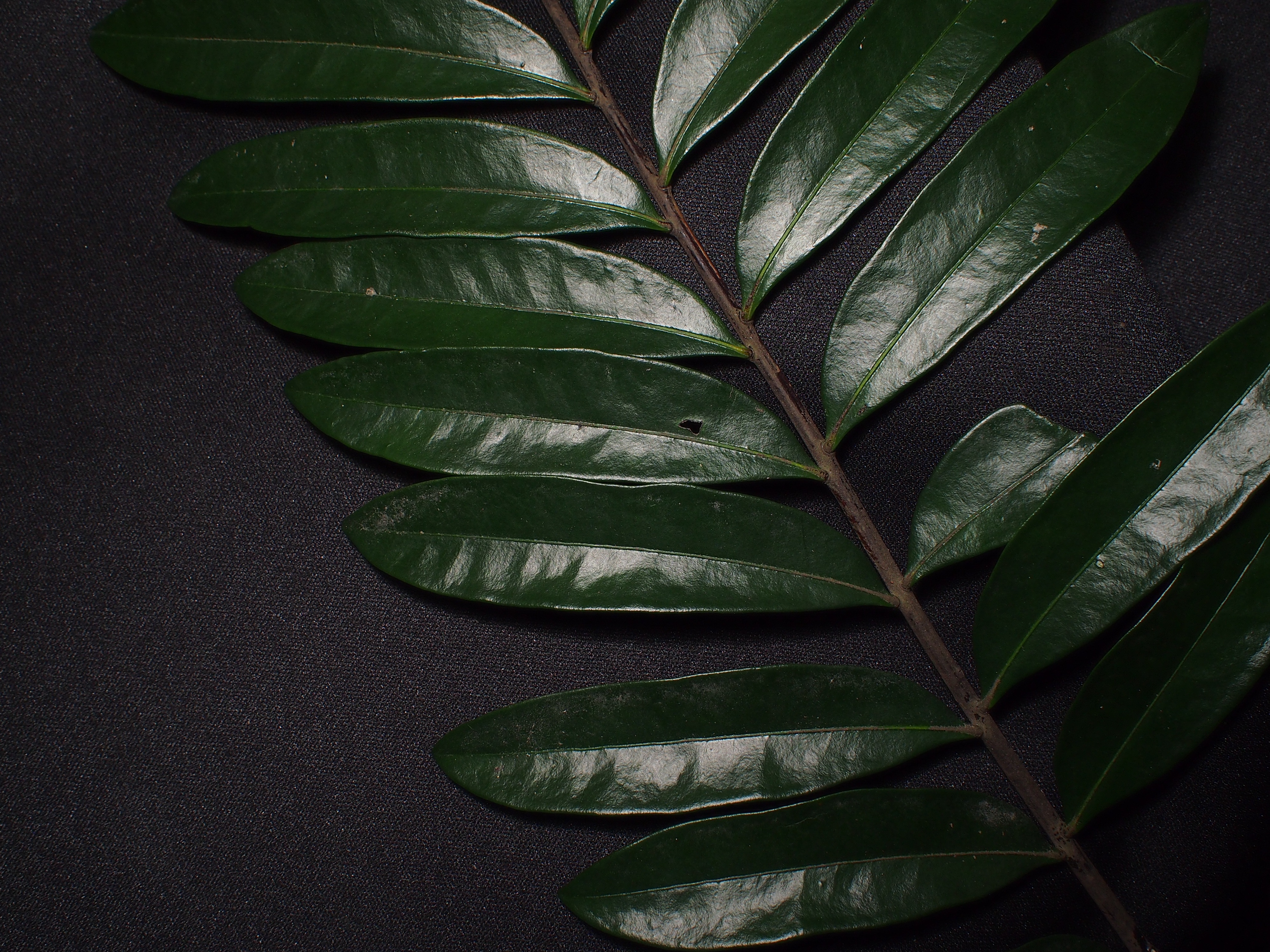 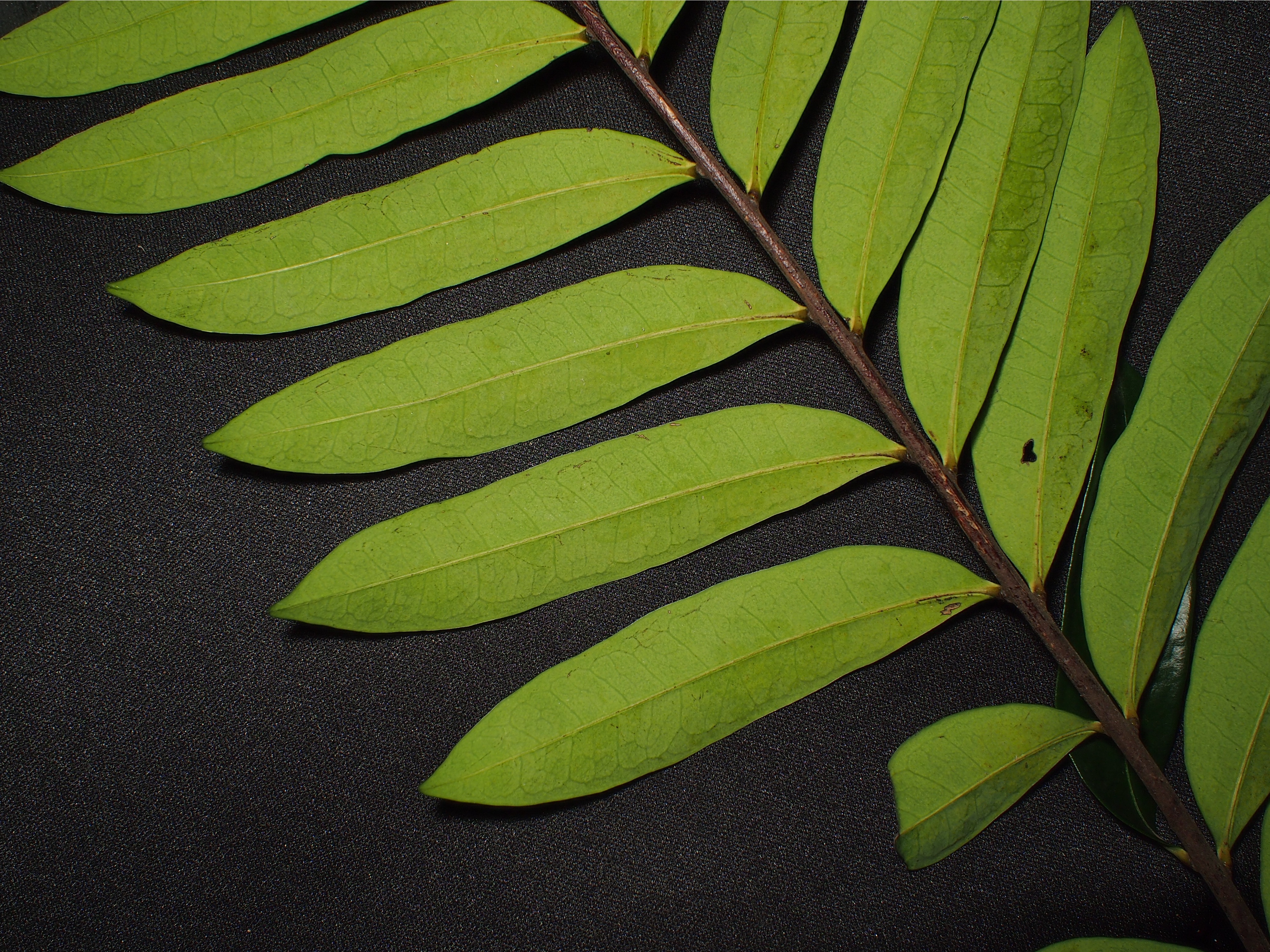 Figure 4 and 5: Leaflets of Tongkat Ali (Photo credits: Alex Yee) |
Panicles[b]
|
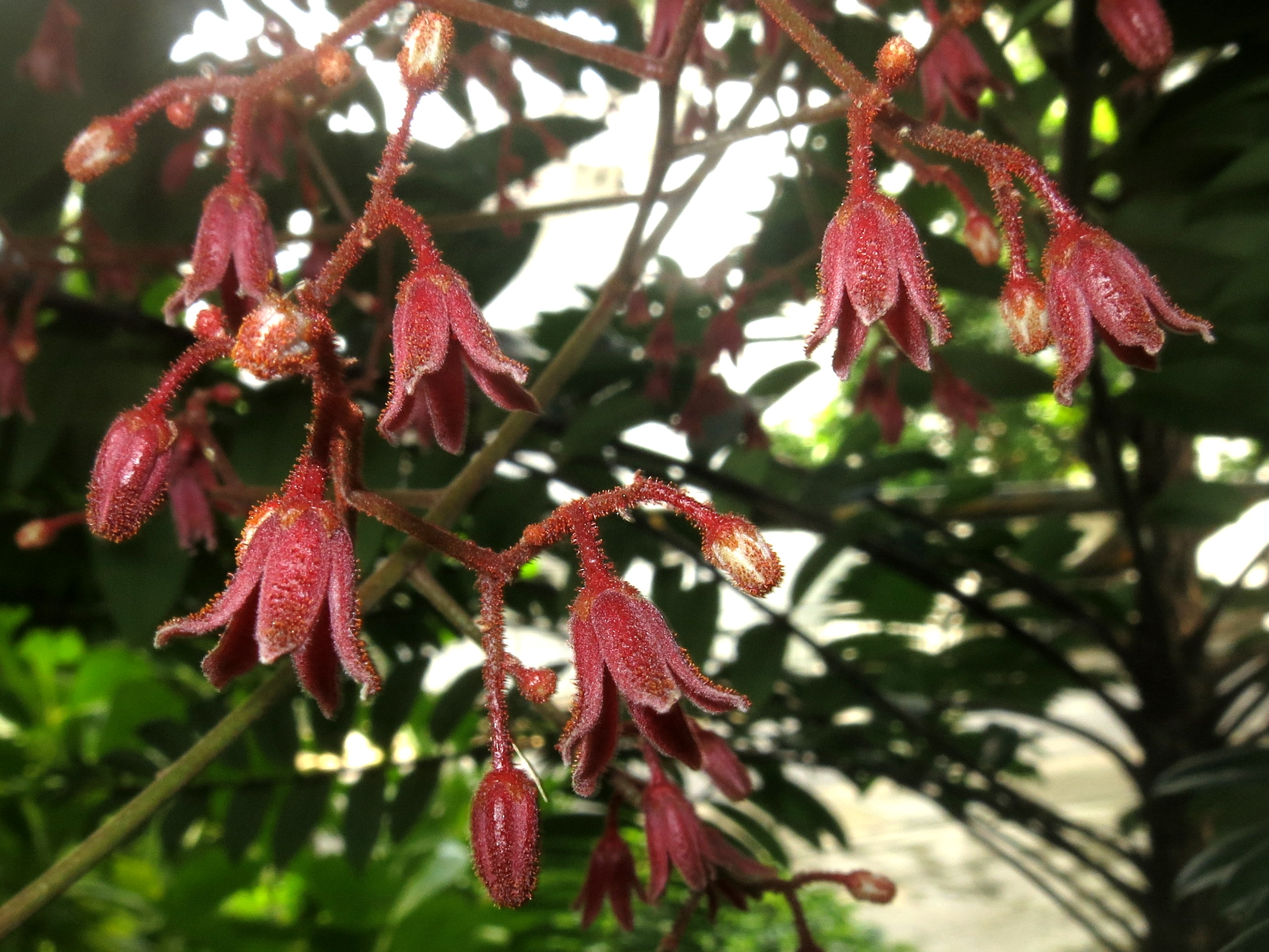 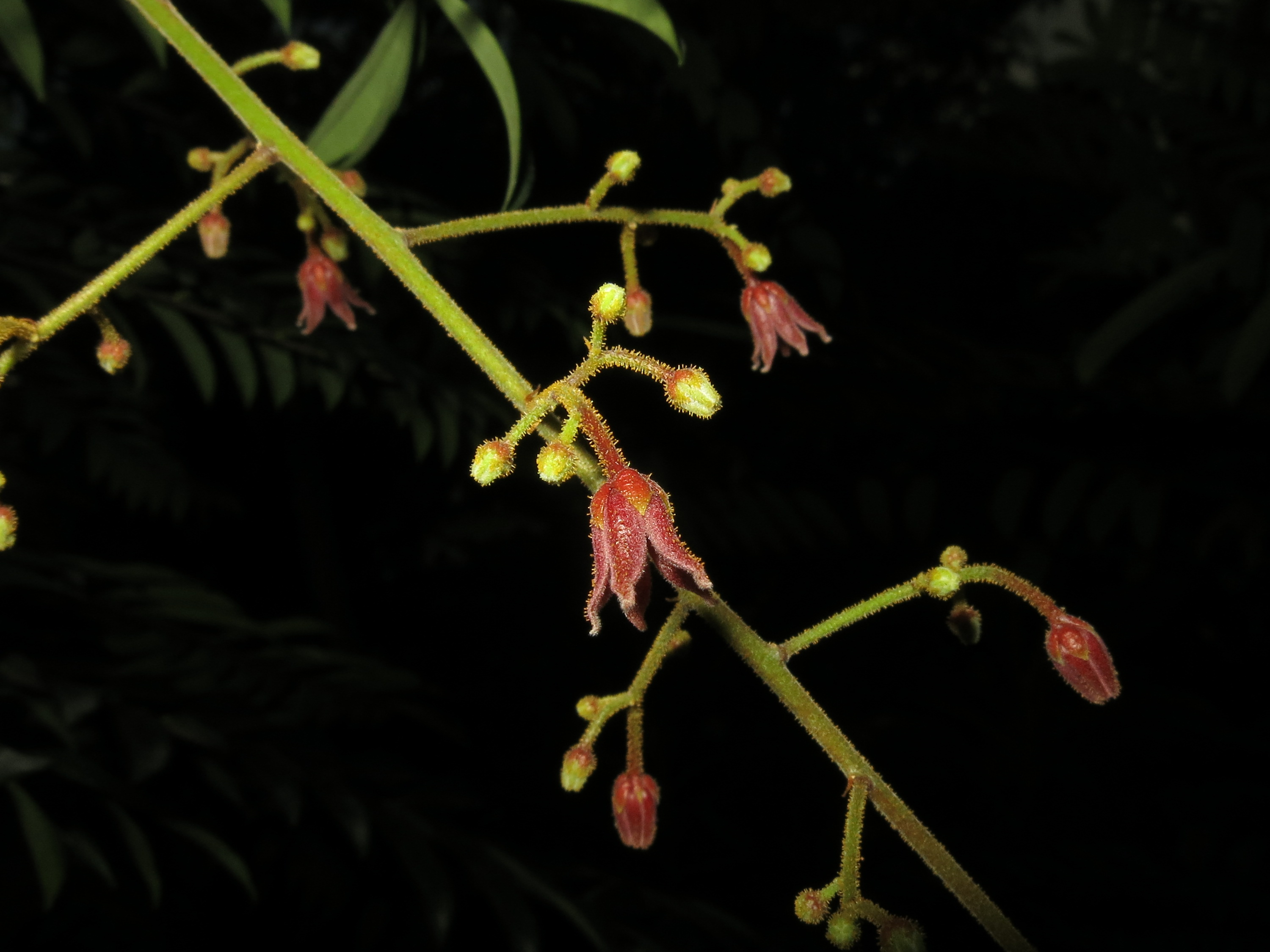 Figure 6 and 7: Panicles of Tongkat Ali (Photo credits: Alex Yee) |
Flower
Interesting note:
|
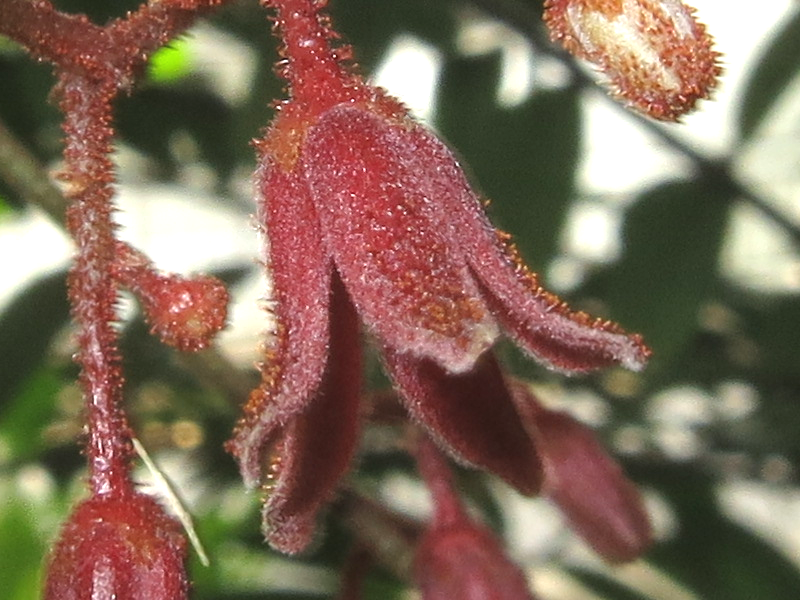 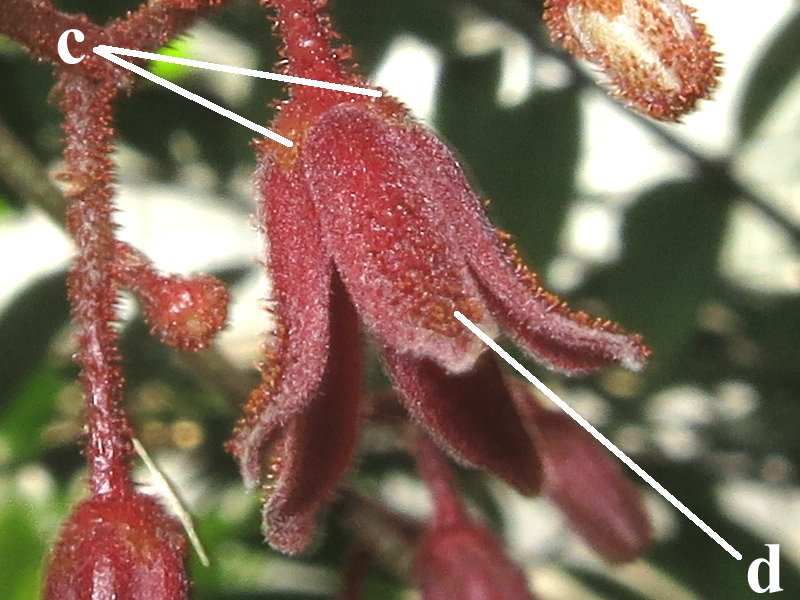 Figure 8 and 9: Flower, calyx(c) and corolla(d) of Tongkat Ali (Photo credits: Alex Yee) |
Male flower
|
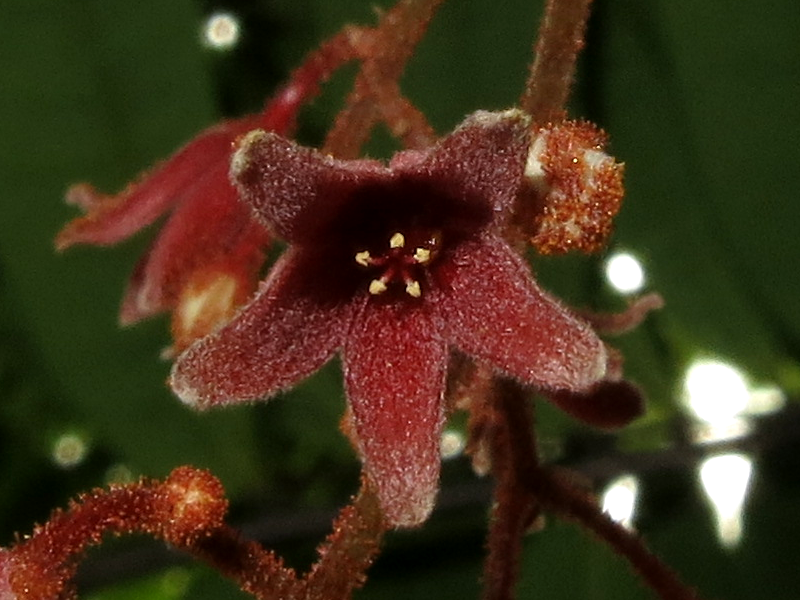 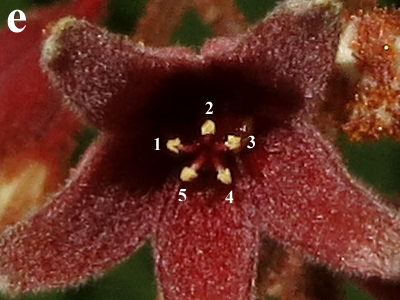 Figure 10 and 11: Male flower and stamina(e) of Tongkat Ali (Photo credits: Alex Yee) |
| Hermaphrodite flower |
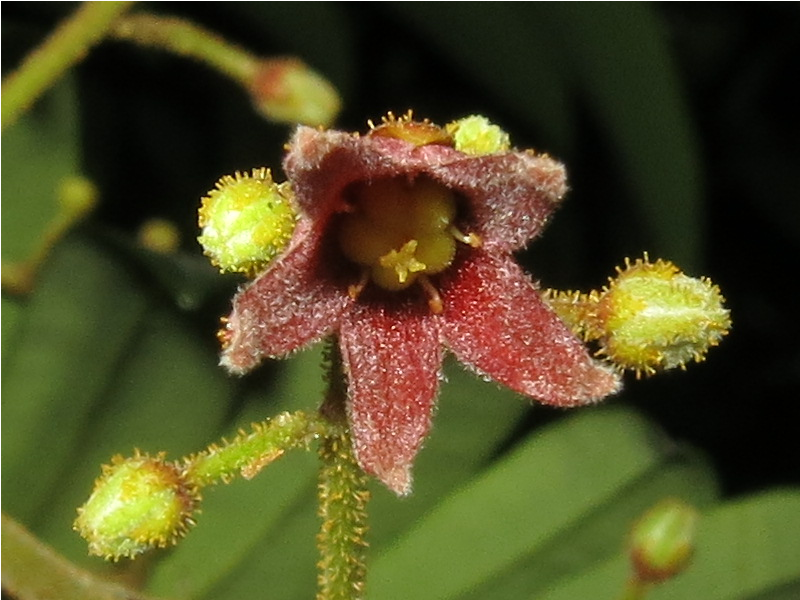 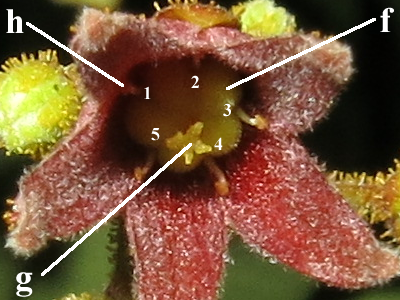 Figure 12 and 13: Hermaphrodite flower, ovary(f), style(g) and sagmata(h) of Tongkat Ali (Photo credits: Alex Yee) |
Fruits
Interesting notes:
|
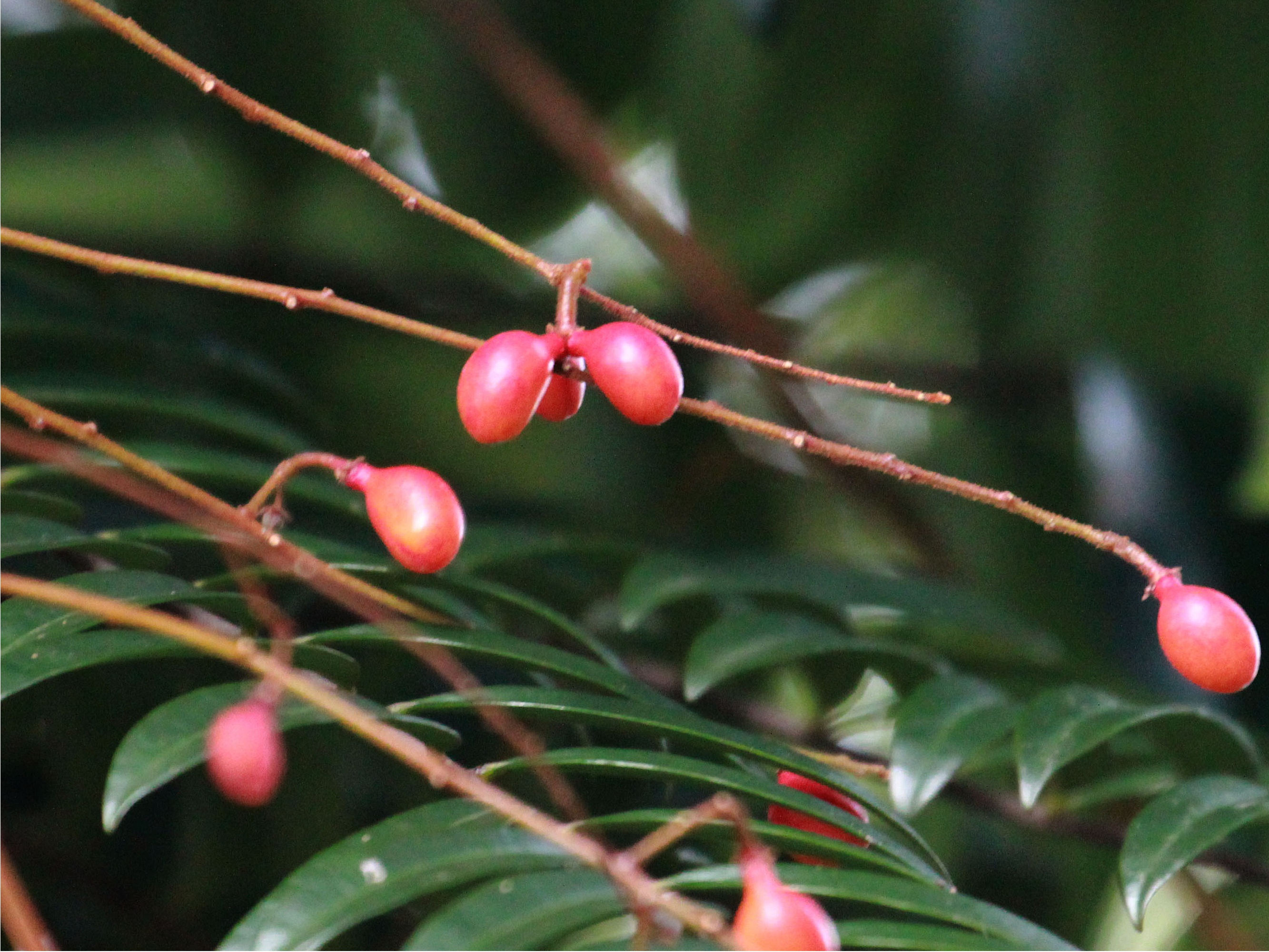 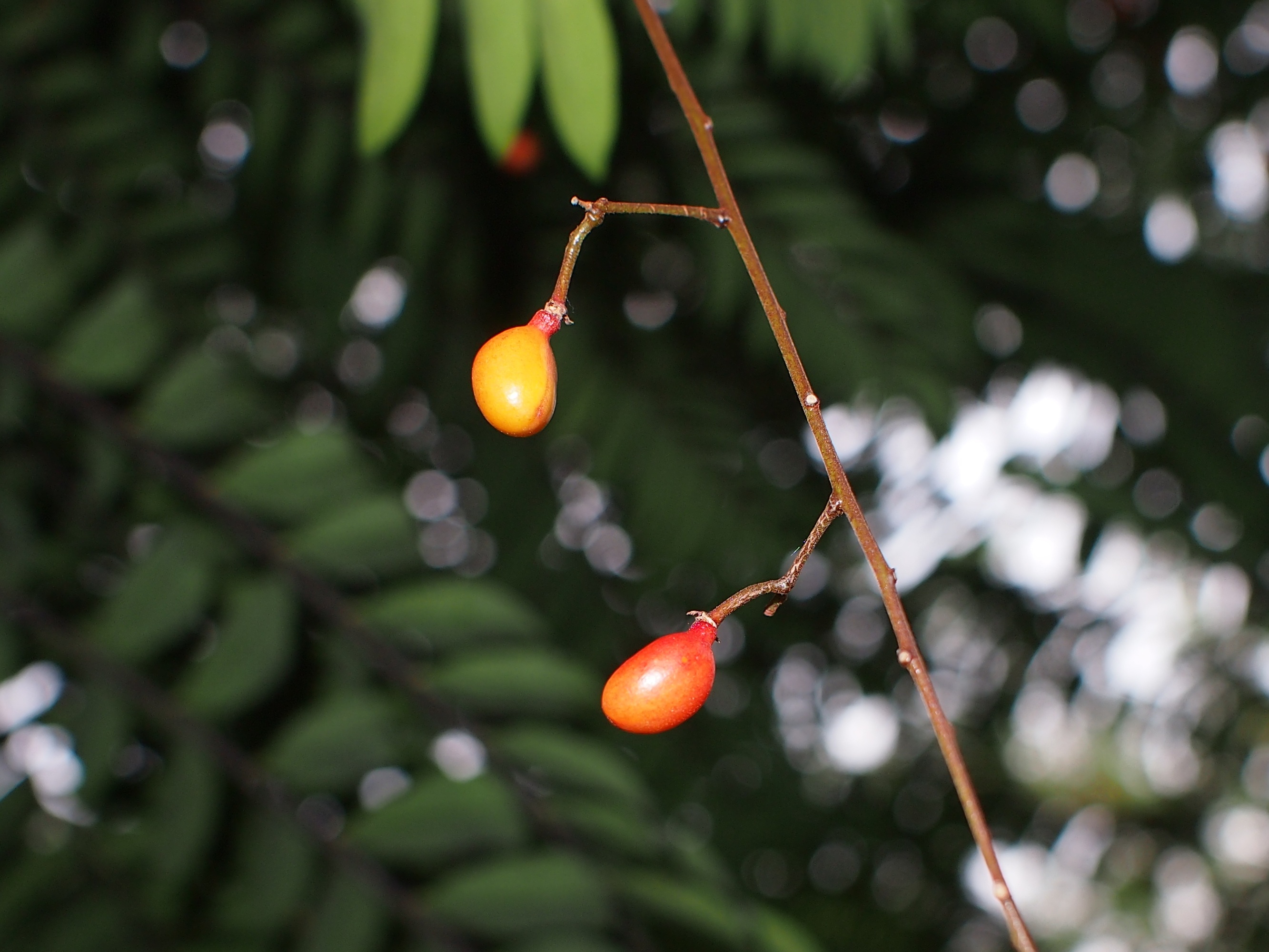 Figure 14 and 15: Fruits of Tongkat Ali (Photo credits: Cerlin Ng and Alex Yee) |
Uses and functions
Medicinal
According to folk beliefs, Tongkat Ali has many purported medicinal uses such as being a cure for fevers, stomachaches and other minor ailments and a tonic for childbirth[2][11]. Thus, the leaves, bark and roots of the plant are often extensively harvested by the locals. However, there is insufficient evidence to support the plant's effectiveness as a remedy for these minor ailments. Hence, the continued medicinal use of Tongkat Ali to treat these minor ailments is mainly based on indigenous knowledge and beliefs.Tongkat Ali is also most famous for its potential to be an aphrodisiac[4]. Hence, the bark and roots of the plant are often harvested by the locals and commercial companies. There is some evidence to support the plant's effectiveness as an aphrodisiac. It has been reported in some scientific papers that injections containing the extracts from the roots of the plant successfully increased testosterone levels and sexual qualities in male rats[7][8]. Therefore, these results suggests that the plant is likely to have the potential to be an aphrodisiac. However, these experiments were performed on animals and not humans. Thus, it is difficult to deduce if the plant has the same positive effects on male humans. This raises some major concerns as products containing extracts of the roots of the plant are becoming very popular in the market but there is still limited information about the plant's actual properties and effects.
According to current literature, Tongkat Ali is also noted for its anti-malarial and anti-cancer properties[13]. It has been reported in many scientific papers that the roots of the plant contains many natural chemical compounds such as quassinoids (e.g. Eurycomanone) and alkaloids (e.g. 7-methoxy-β-carboline-1-propionic acid)[13][14][15]. These natural chemical compounds were found to show antimalarial activity through studies conducted with the protozoan parasite, Plasmodium falciparum, that causes malaria[13][14]. Additionally, other quassinoids (e.g. 14,15β-dihydroxyklaineanone and 11-dehydroklaineanone) were found to show anti-tumor promoting and anti-parasitic activities through studies conducted with tumour promoter induced viral activation and P. falciparum[13][15]. Hence, the results suggests that the plant contains many useful natural chemical compounds which could be used in the treatment of malaria and cancer. However, further studies need to be carried out to confirm the plant's properties before it can be widely used.
Ornamental
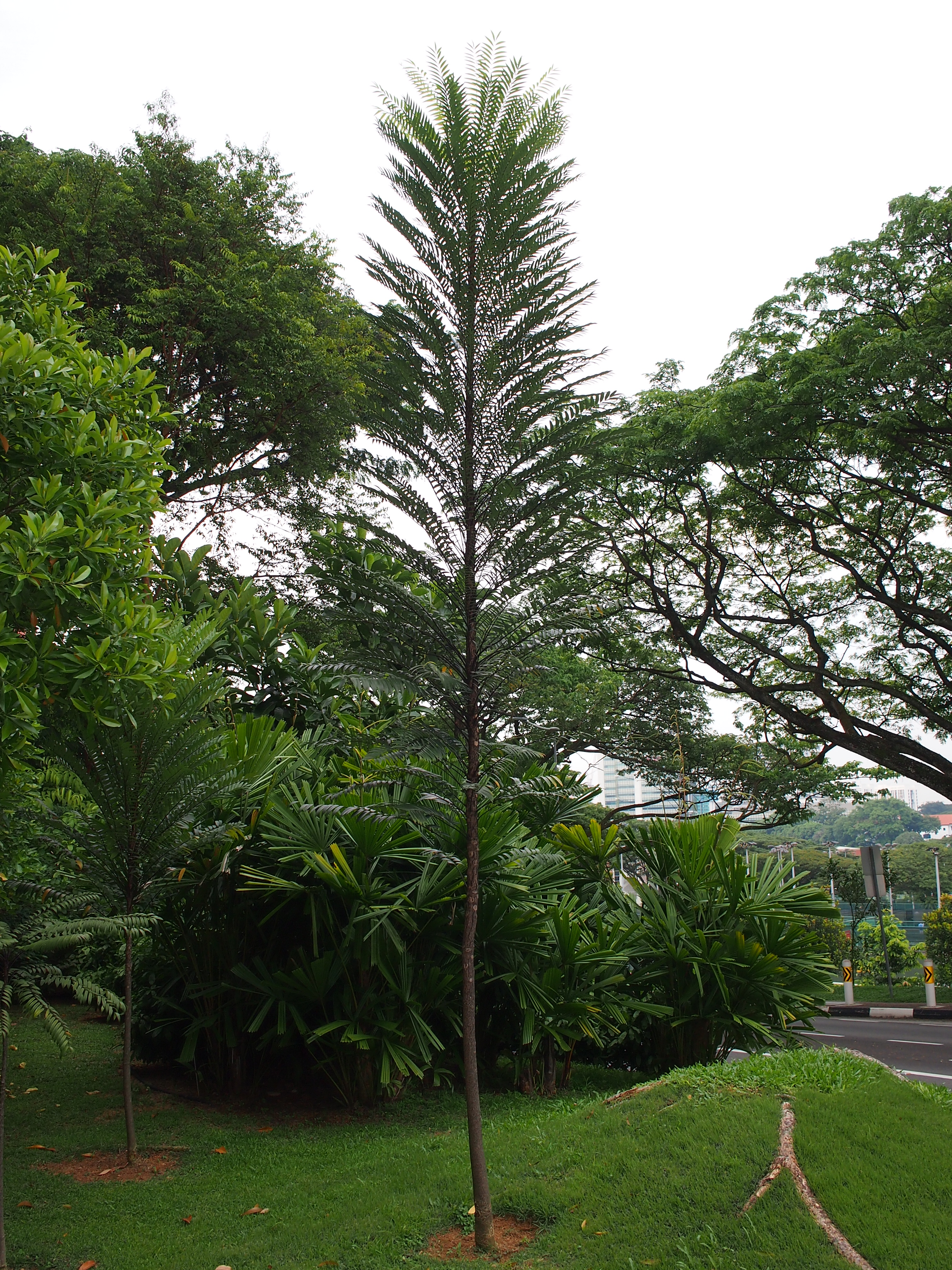 |
| Figure 17: Tongkat Ali planted as an ornamental plant (Photo Credits: Alex Yee) |
Host plant
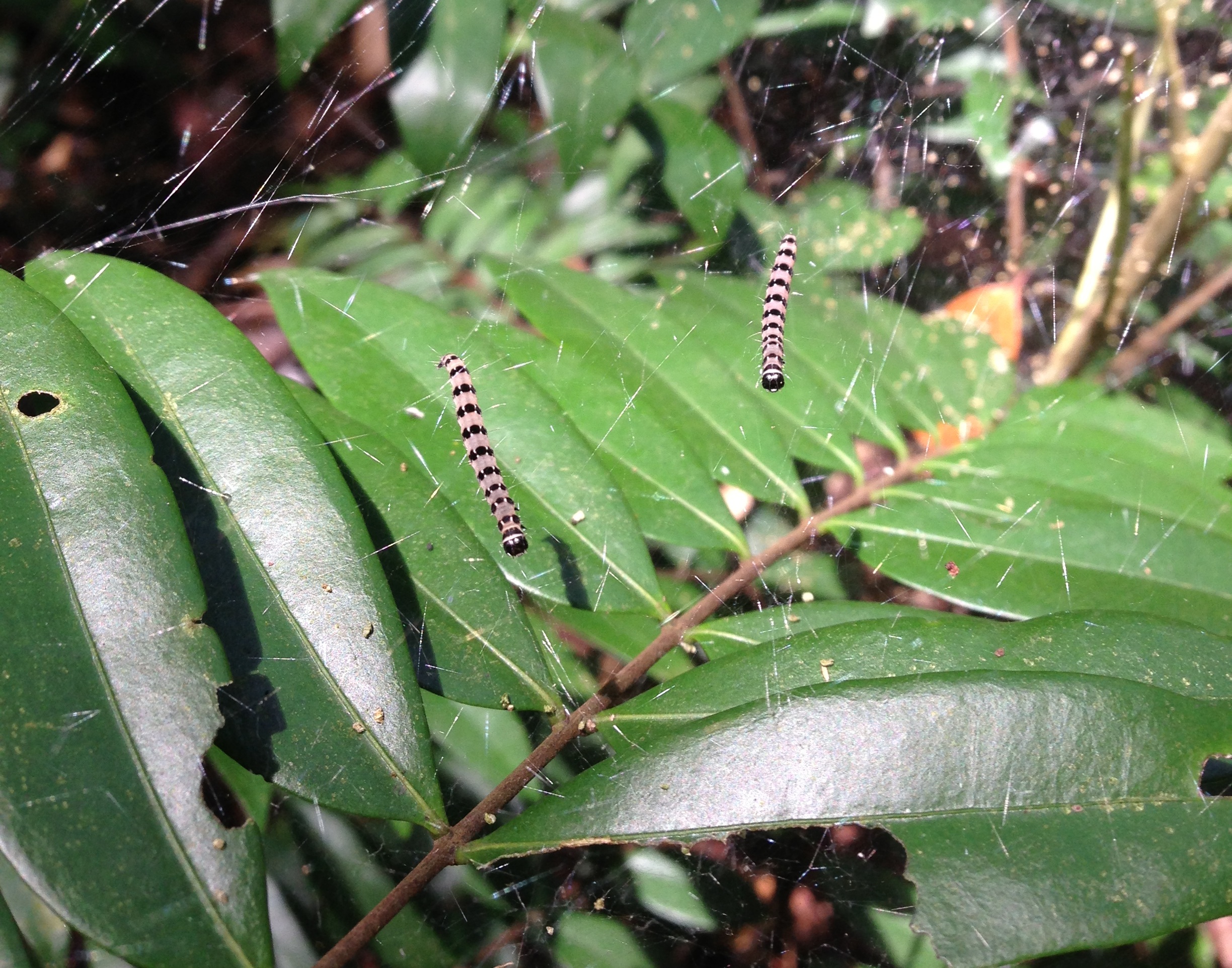 |
| Figure 17: Unidentified caterpillars feeding on Tongkat Ali leaves (Photo Credits: Seah Wei Wei) |
It is important to note that Tiger Moth is regarded as a serious pest of Tongkat Ali[17]. The recent rapid rise in Tongkat Ali plantations has led to more outbreaks of the moth, which is likely to cause severe financial damage to the commercial companies[17].
Conservation
Tongkat Ali is an important economic product in the Southeast Asia region[2]. Over the past few decades, there has been a growing demand for products containing the extracts of the roots of the plant due to its purported medicinal uses. Hence, this has added pressure to the growing and harvesting of the plant. This threatens the conservation status of the plant in the region as over exploitation is causing the numbers of the plant to drop rapidly. Many countries have listed Tongkat Ali as critically endangered or protected in order to prevent more harvesting and over exploitation.In Singapore, Tongkat Ali is listed as critically endangered, most likely due to its low occurrence[18]. The plant can only be found in certain forest patches around Singapore and its offshore islands. In Malaysia, the plant is listed as a priority species for conservation and production due to its popularity as a medicinal plant[19][20]. In Sarawak, the plant is listed as protected[20].
Controversy
There are several issues surrounding the quality and safety of products that supposedly contain extracts of the roots of Tongkat Ali. Firstly, the use of this plant is regarded as the use of traditional medicine which means that there is a lack of scientific evidence that evaluates the quality and safety of this plant[13]. Secondly, despite the popularity of this plant, there has been no proper scientific reports of any possible side effects of the long term use or high dosage of this plant[13]. Thirdly, the products derived from the roots of this plant are more likely to be subjected to heavy metal contamination from the surrounding soil. However, there has been no regulations or tests in place to ensure the quality and safety of the products[13]. Hence, these are all serious issues that need to be considered and addressed due to the rising popularity of the plant.A case study in Singapore proves that these issues are pertinent. On 8 May 2009, the Health Sciences Authority (HSA) published a press release on its website to warn consumers against consuming “XP Tongkat Ali Supreme” capsules which was found to contain undeclared potent substance[9]. The product was originally declared to contain Tongkat Ali, which is considered to be a natural herbal ingredient. Hence, it was considered a form of traditional medicine and was not required to be tested, registered or approved by the HSA. However, subsequent tests revealed that another potent substance, instead of Tongkat Ali, was present in the capsules. The potent substance could potentially cause severe health complications if used without a prescription. Therefore, the product was eventually recalled and a public advisory was sent out through the media[9]. This case study highlights the issues of the use of traditional medicine without any requirements for testing, regulation and approval by the relevant authorities. Hence, all consumers need to be aware of the risks associated with the use of traditional medicine.
Other interesting facts:
To help you understand Tongkat Ali better, here are some interesting facts about the plant:Discoverer of the plant
Eurycoma longifolia Jack was first discovered, in Sumatra and Singapore, and described by William Jack. The original description of the species was published in the Malayan Miscellanies, Volume 2, in 1822[21]. The original publication was reprinted as the Description of Malayan Plants, I - III, Bencoolen 1820 - 1822, by Boerhaave Press, Leiden, in 1977[12].Etymology
- Eurycoma: Greek, referring to the broad ring of hairs within the flower[22]
- longifolia: Latin, meaning long leaves[10]
Synonym(s)[21]:
- Eurycoma latifolia Ridl.
- Eurycoma longifolia var. cochinchinensis Pierre
- Eurycoma merguensis Planch.
Taxonomy
Figure 18 is the phylogenetic tree of the family, Simaroubaceae which shows the evolutionary relationship between the different genus and species. The tree has been adapted from Clayton et al., 2007. Please refer to the original publication for more details[23].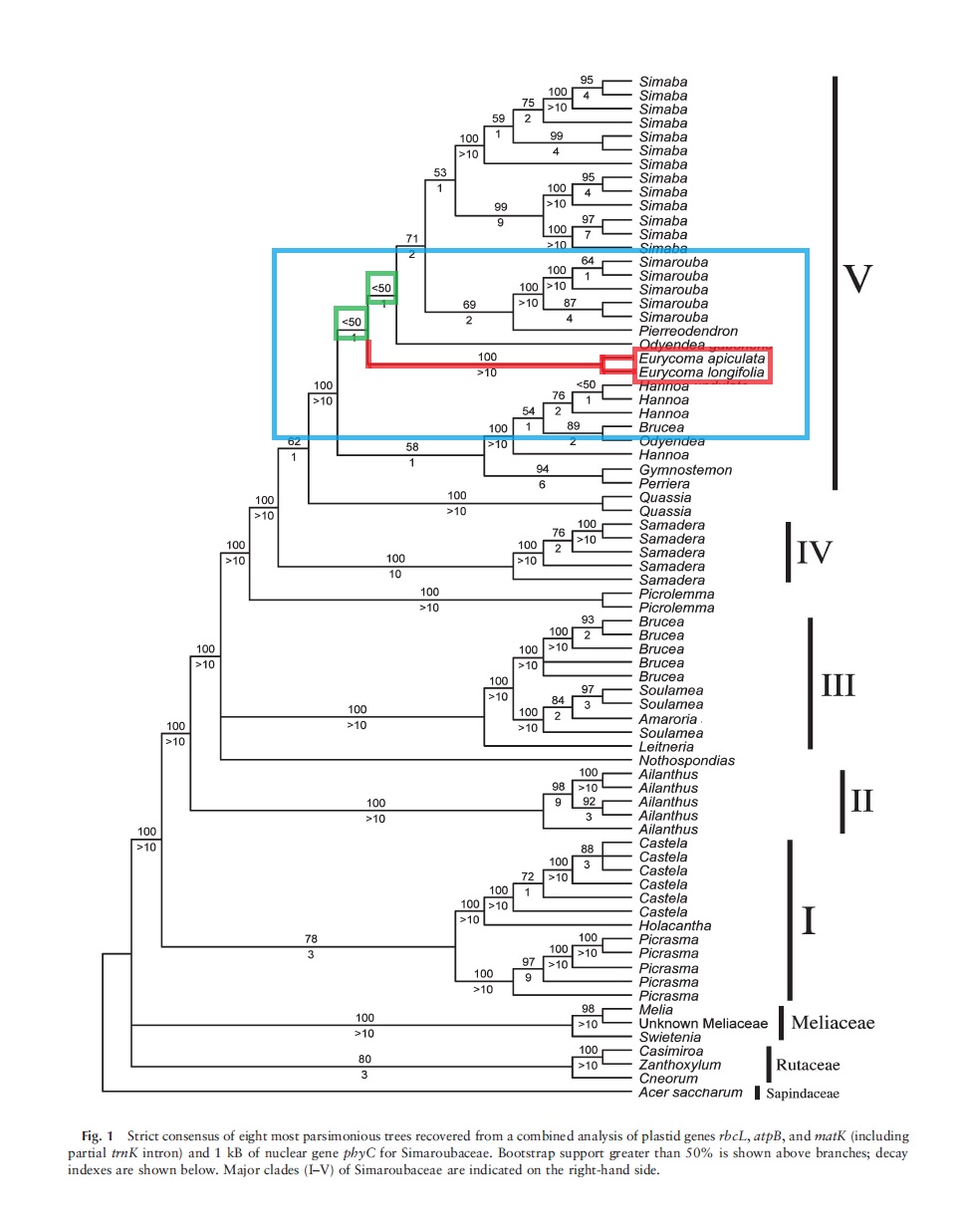
Figure 18 shows a blue box where the main relationship between Eurycoma longifolia and species from other genus can be observed. In the blue box, the red lines indicate that the two species Eurycoma longifolia and Eurycoma apiculata are sister species which have descended from the same common ancestor. This relationship is very stable as the bootstrap value (above the red line) is 100%. However, the green boxes indicate that the two species, from the genus Eurycoma might not share a stable relationship with the other genus as the bootstrap value (in the green line) is less than 50%. Thus, the relationship between species and genus can be deduced by looking at bootstraps values on the phylogenetic tree.
Literature cited
[1] Corner, E. J. H., 1988. Wayside Trees of Malaya. Third Edition. Volumes 1-2. The Malayan Nature Society, Kuala Lumpur. 861pp.[2] Burkill, I. H., 1966. A dictionary of the economic products of the Malay Peninsula. Volume 1. Ministry of Agriculture and Co-operatives, Kuala Lumpur. 1240pp.
[3] Whitmore, T. C. (ed.), 1973. Tree Flora of Malaya: A Manual for Foresters. Volume 2. Longman, Malaysia. 444pp.
[4] Gimlette, J. D. & J. W. Thomson (eds.), 1977. A Dictionary of Malayan Medicine. Oxford University Press, Kuala Lumpur, 183pp.
[5] WebMD: Eurycoma longifolia
[6] Biotropics: Consumer Products
[7] Ang, H.H., T. H. Ngai, T. H. Tan, 2003. Effects of Eurycoma longifolia Jack on sexual qualities in middle aged male rats. Phytomedicine, 10(6-7): 590–593.
[8] Zanolia, P., M. Zavattib, C. Montanaria, M. Baraldic, 2009. Influence of Eurycoma longifolia on the copulatory activity of sexually sluggish and impotent male rats. Journal of Ethnopharmacology, 126(2): 308–313.
[9] Health Sciences Authority: Press Releases
[10] Plants of Southeast Asia
[11] Soepadmo, E. & K. M. Wong (eds.), 1995. Tree Flora of Sabah and Sarawak. Volume 1. Forest Research Institute Malaysia (FIRM), Kuala Lumpur. 506pp.
[12] Jack, W., 1977. Descriptions of Malayan Plants I - III, Bencoolen 1820 - 1822. Boerhaave Press, Leiden. 172pp.
[13] Bhat, R., A.A. Karim, 2010. Tongkat Ali (Eurycoma longifolia Jack): A review on its ethnobotany and pharmacological importance. Fitoterapia, 81: 669–679
[14] Kardono, L. B.S., C. K. Angerhofer, S. Tsauri, K. Padmawinata, J. M. Pezzuto and A. D. Kinghorn, 1991. Cytotoxic and antimalarial constituents of the roots of Eurycoma longifolia. Journal of Natural Products, 54(5): 1360–1367.
[15] Jiwajinda, S., V. Santisopasri, A. Murakami, M. Kawanaka, H. Kawanaka, M. Gasquet, R. Eilas, G. Balansard and H. Ohigashi, 2002. In vitro anti-tumor promoting and anti-parasitic activities of the quassinoids from Eurycoma longifolia, a medicinal plant in Southeast Asia. Journal of Ethnopharmacology, 82: 55–58.
[16] HOSTS
[17] Abood, F., G.A. Bajwa and Y.B. Ibrahim, 2009. Developmental Biology of the Tiger Moth, Atteva sciodoxa Meyrick (Lepidoptera: Yponomeutidae) under Laboratory Conditions. Journal of Biological Sciences, 9(5): 458–463.
[18] Chong, K. Y., H. T. W. Tan & R. T. Corlett, 2009. A Checklist of the Total Vascular Plant Flora of Singapore: Native, Naturalised and Cultivated Species. Raffles Museum of Biodiversity Research, Singapore. 277pp.
[19] Asia Pacific Forest Genetic Resources Programme, 2004. Forest Genetic Resources Conservation and Management: Proceedings of the Asia Pacific Forest Genetic Resources Programme (APFORGEN) Inception Workshop, Kepong, Kuala Lumpur, Malaysia, 15-18 July, 2003. Bioversity International, Rome. 338pp.
[20] Lee, S. L., Y. Y. Sam, M. Marzalina & B. Krishnapillay, 2001. Conservation, utilization and management of forest genetic resources in Malaysia. http://www.fao.org/docrep/005/ac648e/ac648e07.htm Last updated 2001 (Accessed 13 Nov. 2013).
[21] International Plant Names Index: Eurycoma longifolia
[22] LaFrankie, J. V., 2010. Trees of Tropical Asia: An Illustrated Guide to Diversity. Black Tree Publications, Inc, Philippines. 750pp.
[23] Clayton, J.W., E. S. Fernando, P. S. Soltis & D. E. Soltis, 2007. Molecular Phylogeny of the Tree‐of‐Heaven Family (Simaroubaceae) Based on Chloroplast and Nuclear Markers. International Journal of Plant Sciences, 168(9): 1325–1339